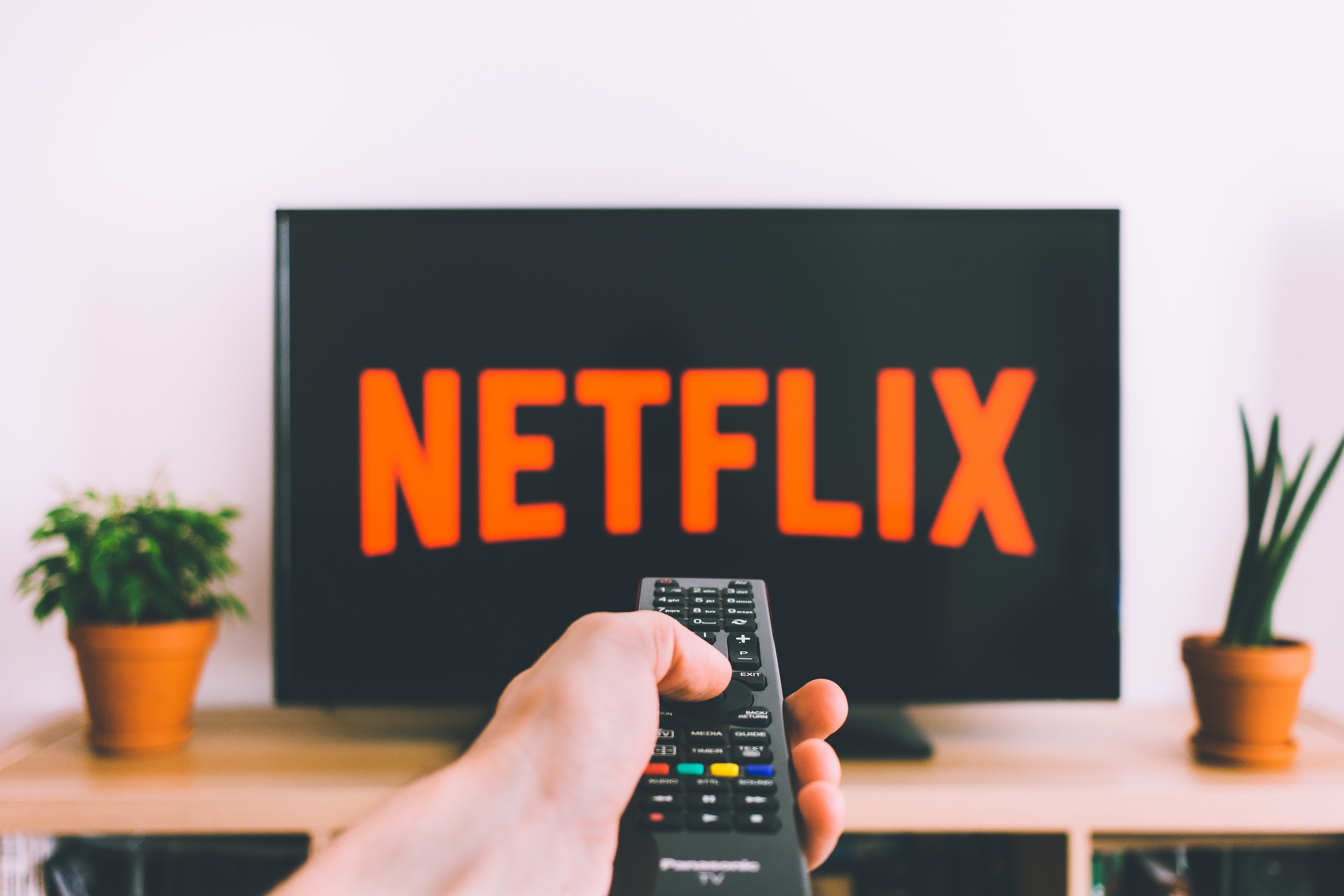Two weeks ago, Netflix revealed its 2019 second-quarter results. They didn’t look pretty and the stock plummeted as a consequence. For the first time since 2011, Netflix has lost subscribers in the United States. The company is still growing internationally, but it has added almost 2 million subscribers less than expected—2.7million vs. the 5 million projected. After years of constant successes, the Los Gatos-based company must wonder—will they survive this overcrowded and ever-growing industry?

Netflix foresaw the benefits of personalized content delivery in the late 90s, well before any other entertainment company, by “personalizing” the suggestions of rental DVDs. In less than two decades, it changed a linear TV-based industry into a streaming and on-demand market. But in 2019, other entertainment companies and content moguls have caught up. Some are pulling their content from Netflix and investing vast sums on entertainment production; others are redefining their distribution strategies. They can offer the same as Reed Hasting’s company, or even more (read Netflix struggles to compete against content moguls.)
On the content production side, we have Warner Media with its streaming platform HBO Now for $14.99 a month. They have decided to pull the popular show “Friends” from Netflix by 2020, weakening the Netflix’ roster. What’s more, HBO offers unique high profile shows like “Game of Thrones” and “Big little lies,” featuring Meryl Streep and Nicole Kidman. In summary, HBO controls high-quality content production.
Disney stands very close in terms of content ownership. With its new platform Disney+ set to launch by the end of this year for only $7 a month, the company has not renewed its licensing contract with Netflix. At the same time, Disney owns Hulu, the cheapest service available—$6 for its ad-supported version. With original shows like “The Handmaid’s Tale” and the New York Times’ “The Weekly,” Hulu is attracting more and more subscribers. The platform has also swallowed the pay-TV channel FX, owned by The Walt Disney Company. Disney+ and Hulu will prove a fierce competition for Netflix. They have huge budgets, humongous amounts of quality content, and a broad fan base (read Disney could very soon become the king of online streaming content.) Another thorn for Netflix is NBC Universal’s decision to retrieve its show ‘The Office’ from the platform by 2021. Netflix needs new content soon.
In 2010, we were already talking about content differentiation at IESE Business School. Today, content is still king and streaming platforms like HBO and Disney+ are making sure their product is unmatched. In this five-minute video, we discussed the keys to succeed in Internet Television.
On the distribution side, we have Amazon that, only in the United States, has over 100 million subscribers carried over from their Prime membership, and shows such as the Golden Globe winner “Marvelous Mrs. Maisel.” Amazon has the advantage of being able to cross-subsidize from its retail business and therefore have at its disposal more substantial budgets than Netflix ever will. For example, in 2017, Amazon spent almost $1 billion on a “Lord of the Rings” project. Similarly, the distribution giant Apple is showing an interest in launching its own TV service, which will further stress Netflix.
Competition is fierce, tougher by the minute. To stay on top, Netflix needs to compete on distribution with the tech overlords Apple and Amazon; and content production against the content magnates Disney (Disney+ and Hulu,) Warner Media (HBO) and the aforementioned Amazon. But can it?
The recent Q2 misses have been attributed to the price increase (early this year, Netflix subscriptions grew by $1 or $2) and a light content lineup during these months. If that were the only problem, it would have a quick solution. Netflix has just released “Stranger Things” season 3 and “La Casa de Papel” also season 3, strengthening its content roster. And subscribers will get used to the price increase once a few months pass. However, that’s not the only problem.
The long-term issue is whether Netlflix can compete in this saturated industry. To do so, Netflix could produce more quality content than its competitors. But it would mean more debt (read Streaming on steroids: the fight for top content.) It could also reduce its prices and go for an ad-based model as Hulu does, but this would at best be a short-term patch. Finally, it can focus on international growth, where it still has the upper hand, and look for partnerships to sell its subscriptions—as Spotify and Hulu did.
Either way, Netflix is not the run-away streaming leader anymore, and the Q2 results are the first signs. In the following years, we will see more and more platforms joining the industry. The content will be more dispersed, and consumers will subscribe to one or two platforms, those that offer them the best content roster. Netflix must be able to fight off the content moguls via content production and deter distribution kings via partnerships and international growth. If not, the entertainment industry will eat it up.
Watch this CNBC video explaining Netflix’s second-quarter subscriber miss.


i love netflix to watch movies.
Why did this happen? I did not understand the who way. Please tell freely.
i don’t underestand why did this happen?
Why did this happen??